File Preparation
We can accept a wide variety of file formats, however we prefer all files to be submitted as PDF files to minimize any font, image, text, or formatting complications. In addition to file format, there are other technical considerations that can effect the appearance and overall quality of your print project. A few of these are summarized on this page.
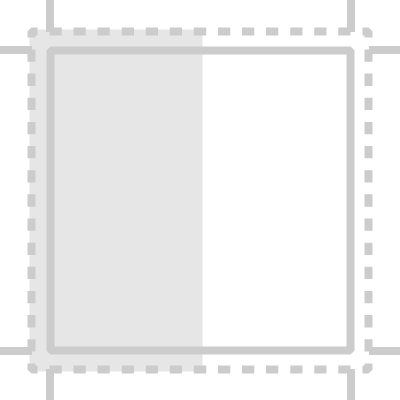
Bleed
Artwork that contains images, text or graphics that extend the the very edge of the paper are known as a "bleed." Files that include a bleed need to be built to the final trim size plus have a minimum 1/8" bleed allowance where the image or graphic extends beyond the final trim size. When saving the file, do not use any crop or printer's marks.
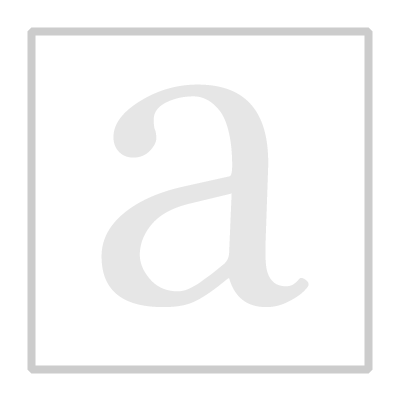
Borders
It is not recommended to add borders on or near the trim. When paper is trimmed there is a cutting tolerance of 1/16" which may result in uneven borders. For this reason we recommend any borders be kept inside the "Safe Zone" as described below.
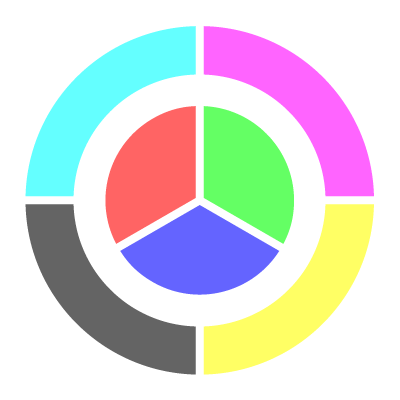
Color Mode
Files that contain color text, artwork, or images should be saved in four color "CMYK" (Cyan, Magenta, Yellow, Black) color mode. Files submitted in the RGB or Pantone color mode will be converted to CMYK, which may cause an undesirable color shift. Files that are 1-color black can be saved in Grayscale or CMYK color mode.
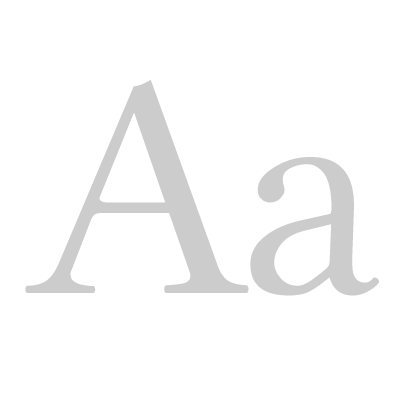
Fonts
TO preserve appearance, it's recommended to outline your fonts when using vector-based software such as Adobe Illustrator or Adobe InDesign. If you are using bitmap-based (a.k.a. raster) software application such as Adobe Photoshop, simply flatten the image (single layer). Avoid font sizes smaller than 8 pts or fonts that are very narrow as these may not print well, lack crispness, or be lost in dark backgrounds.

Image Resolution
Images that look crisp and sharp on your screen may look rough, blurry and jagged when printed. This is because printing requires a much higher resolution than viewing on your screen. For best printing results, a resolution of 300 dpi at the full desired image size is recommend. Files with resolution lower than 300 dpi can be printed, but the results may be unsatisfactory.
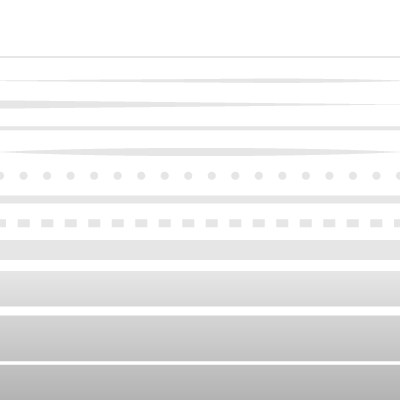
Lines
If your artwork contains lines, it is recommended that they be at least .5 pts (.007 inches) thick so that they print reliably. Lines thinner than this may get lost in the final product.
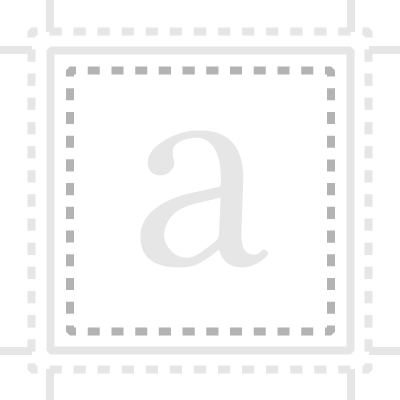
Safety Zone
Any images, text or other elements too close to the edge may get cut off in the final product. Establish a "Safety Zone" a minimum of 1/8" from the edge of the final trim. Keep any images or text inside this Safety Zone.
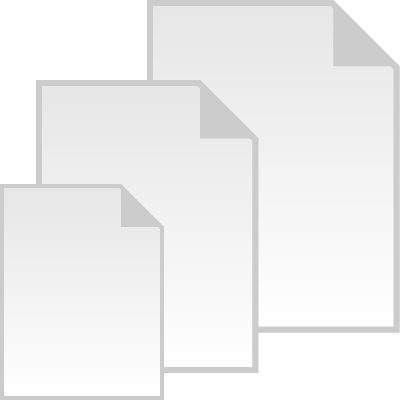
Size
Create your file with the document size set to the final trimmed page size (e.g a business card should be 3.5" x 2", not 8.5" x 11"). You should not try to create multiple page spreads or "layouts." Our sophisticated page imposition systems take care of properly matching up page pairs for you. Export pages as individual pages instead.